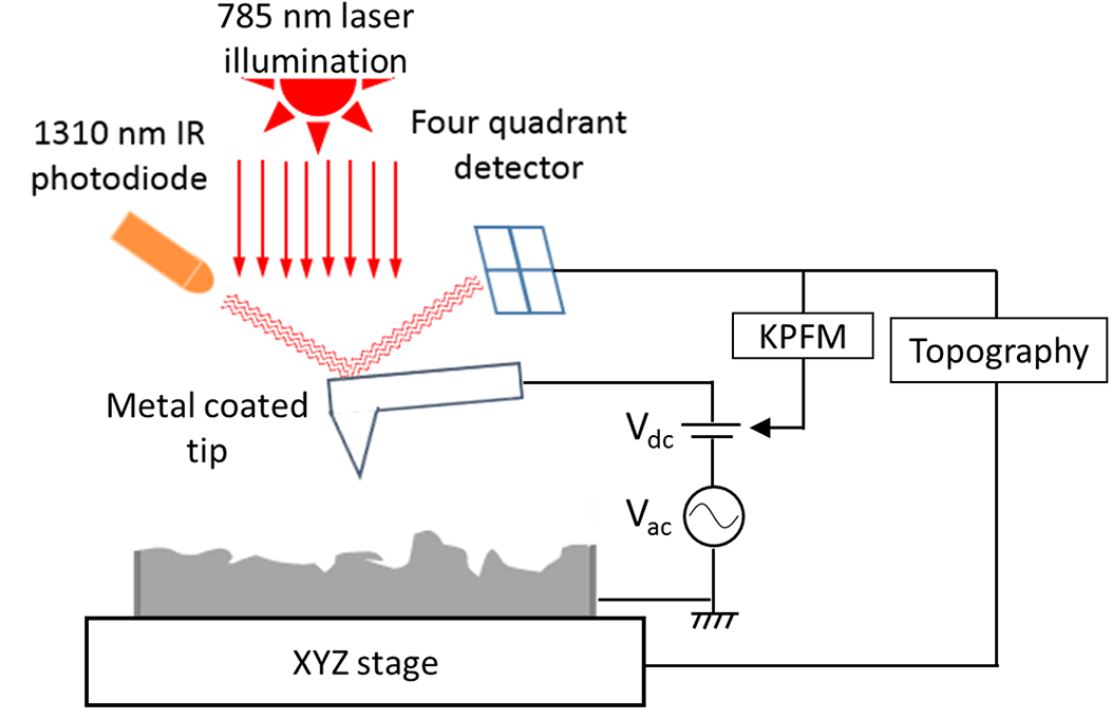Dietary fibers have been shown to exert immune effects via interaction with pattern recognition receptors (PRR) such as toll-like receptors (TLR) and nucleotide-binding oligomerization domain (NOD)-like receptors. Pectin is a dietary fiber that interacts with PRR depending on its chemical structure. Papaya pectin retains different chemical structures at different ripening stages. How this influences PRR signalling is unknown.*
The aim of the article “Pectin Interaction with Immune Receptors is Modulated by Ripening Process in Papayas” by Samira B. R. Prado, Martin Beukema, Eva Jermendi, Henk A. Schols, Paul de Vos and João Paulo Fabi was to determine how ripening influences pectin structures and their ability to interact with TLR2, 3, 4, 5 and 9, and NOD1 and 2.*
Papaya ripening is an enzymatic, biochemically driven process that occurs over a short period of time (five days) and involves the mobilization of pectin and the alteration of its chemical composition.
The authors evaluated the interaction of the water-soluble fractions rich in pectin extracted from unripe to ripe papayas. The pectin extracted from ripe papayas activated all the TLR and, to a lesser extent, the NOD receptors. The pectin extracted from unripe papayas also activated TLR2, 4 and 5 but inhibited the activation of TLR3 and 9.*
During papaya ripening, profound changes in pectin structures lead to differences in the biological effects. The data presented in the paper show that papaya pectin extracted from fruit pulp at different ripening points differently interacted with PRR in a ripening-dependent way. The longer chains of HG from unripe papayas pectin, which were less methyl-esterified, inhibited the activation of TLR3 and 9 and activated TLR2 and 4, in contrast to the ripe papaya’s pectin, which have smaller HG chains with medium methyl esterification thus activating TLR2, 3, 4, 5 and 9.*
This variation may represent new biological features of papaya pectin structures in addition to anticancer activities, possibly creating new and cost-effective approaches to extracting papaya pectin with desirable structural and biological features.*
These findings might lead to selection of ripening stages for tailored modulation of PRR to support or attenuate immunity in consumers.*
The changes in Molecular weight ( Mw ) can also be visualized by Atomic Force Microscopy (see Fig. 1C in the paper.)
The AFM images presented in the paper were acquired in tapping mode using an NanoWorld Pointprobe® NCHR AFM probe with a typical spring constant of 42 N/m and typically 320 kHz resonance frequency. The scan speed and scanning resolution were 0.5 Hz and 512 × 512 points, respectively.*

(C) Representative topographical AFM images of Un-1-WSF and R-2-WSF. White arrow indicates linear structures, black arrow aggregates and grey arrow the smaller structure from the R-2-WSF. Un-1-WSF: unripe – papaya from 1st day after harvest – water-soluble fraction; Un-2-WSF: unripe – papaya from 2nd day after harvest – water-soluble fraction; I-WSF: intermediate ripening time point – papaya from 3rd day after harvest – water-soluble fraction; R-1-WSF: ripe – papaya from 4th day after harvest – water-soluble fraction; R-2-WSF: ripe – papaya from 5th day after harvest – water-soluble fraction. Please have a look at the full article for the full figure.
*Samira B.
R. Prado, Martin Beukema, Eva Jermendi, Henk A. Schols, Paul de Vos and João
Paulo Fabi
Pectin Interaction with Immune Receptors is Modulated by Ripening Process in
Papayas
Nature Scientific Reports volume 10, Article number: 1690 (2020)
DOI: https://doi.org/10.1038/s41598-020-58311-0
Please follow this external link to read the full article https://rdcu.be/b3Fnb .
Open Access The article “ Pectin Interaction with Immune Receptors is Modulated by Ripening Process in Papayas “ by Samira B. R. Prado, Martin Beukema, Eva Jermendi, Henk A. Schols, Paul de Vos and João Paulo Fabi is licensed under a Creative Commons Attribution 4.0 International License, which permits use, sharing, adaptation, distribution and reproduction in any medium or format, as long as you give appropriate credit to the original author(s) and the source, provide a link to the Creative Commons license, and indicate if changes were made. The images or other third party material in this article are included in the article’s Creative Commons license, unless indicated otherwise in a credit line to the material. If material is not included in the article’s Creative Commons license and your intended use is not permitted by statutory regulation or exceeds the permitted use, you will need to obtain permission directly from the copyright holder. To view a copy of this license, visit http://creativecommons.org/licenses/by/4.0/.

